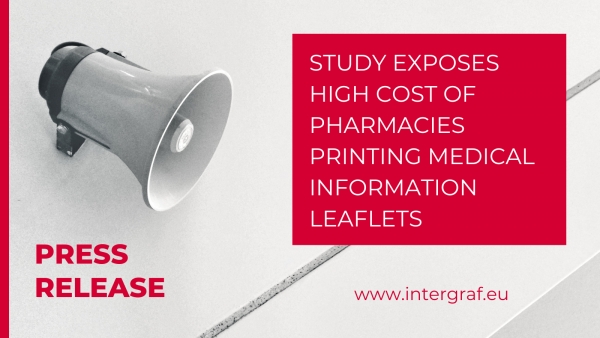2 November 2010
AOR - Artificial Optical Radiation
The Control of Artificial Optical Radiation at Work Regulations 2010 came into force on the 27th April 2010.
The regulations requires eye and skin protection to be provided when there is a risk of exposure to hazardous sources of Artificial Optical Radiation (AOR).
AOR includes light emitted from all artificial sources in all of its forms, such as ultraviolet, infrared and laser beams, however, the regulations exclude sunlight.
In the workplace many of the forms of artificial light can be harmful to your workers unless protective measures are put into place. The HSE guidance document that supports the regulations, will assist you in deciding whether or not you are doing enough to protect your workers; or do other measures need to be put into place.
The first step in ensuring you are providing the correct protection is to conduct specific risk assessments in the workplace to ensure the safety of employees and reduce the risk of incidents / accidents occurring.
The questions you need to ask yourself are:
- Do I use sources of AOR?
- Do I use hazardous sources of AOR that could harm my workers?
- Do I have adequate controls in place to manage those risks?
- Has the business recorded all required actions and provided this information to the workforce, etc.?
It is likely that your workers will be exposed to some form of artificial light, whether from general lighting, equipment or from your work processes. Click here to see the guidance document for the full list.
It must be noted that the majority of light sources are safe, such as those mentioned above, if you only have these sources in the workplace your workforce are not at risk and the business would not have to conduct any further actions.
Some sources of artificial light can cause a risk to of ill health. These would be burns or reddening (erythema) of the skin or the surface of the eye (photokeratitis); burns to the retina of the eye; so called blue-light damage to the eye and damage to the lens of the eye that may bring about the early onset of cataracts.
In the printing industry the biggest risk is from UV light required in the curing of UV inks and coatings. A risk is also present in current CTP plate making machinery / equipment as image setters contain powerful lasers.
Metal working – welding (both arc and oxy-fuel).
This has been included as many printers either have their own engineers or use contractors for welding operations, etc.
If you use hazardous sources of light, the business must put into place the control measures required to reduce the risk of harm to the eyes and skin of your workers, to as lower level as is reasonably practicable.
This is a key requirement of these regulations and this is what the HSE or other enforcing authorities will be measuring against.
These controls will include:
- Using an alternative light source to achieve the same result.
- Use filters, curtains and safety interlocks.
- Training of staff in the ‘best practice’ safe working procedure.
- Provide staff with all relevant information.
- Organise the work to reduce the exposure to workers and reduce the access to the risk areas.
- Issue personal protective equipment (PPE), such as clothing, goggles or face shields.
- Identify the risk areas with adequate and suitable signage reflecting the hazards present.
The business will be required to have a protocol for dealing with potential over exposures, that would require referral to a physician or Occupational Health Provider.
If you are still unsure whether you have hazardous sources or have any questions regarding AOR – Artificial Optical Radiation, please contact your local BPIF H&S Adviser.
The free HSE Guidance document, Guidance for Employers on the Control of Artificial Optical radiation at Work Regulations (AOR) 2010 can be down loaded from the HSE website http://www.hse.gov.uk/radiation/nonionising/optical.htm
 Intergraf Economic News (Paper Prices) - March 2024
Intergraf Economic News (Paper Prices) - March 2024
18 March 2024
Access the latest edition of the Economic Newsletter for the European Printing Industry for data on paper consumption, and pricing data for pulp, paper and recovered paper. Data for packaging papers and board is also available with this edition.
 STUDY EXPOSES HIGH COST OF PHARMACIES PRINTING MEDICAL INFORMATION LEAFLETS
STUDY EXPOSES HIGH COST OF PHARMACIES PRINTING MEDICAL INFORMATION LEAFLETS
7 March 2024
Intergraf welcomes the release of a study by our partner MLPS (Medical Leaflet = Patient Safety), a subgroup of the European Carton Manufacturers Association (ECMA) shedding light on the potential economic costs associated with the proposed use of Print on Demand (PoD) leaflets in the pharmaceutical legislation revision.

The BPIF is the printing industries champion. By becoming a member you join a diverse and influential community. We help you solve business problems, connect you to new customers and suppliers and make your voice heard in government.
Call 01676 526030









